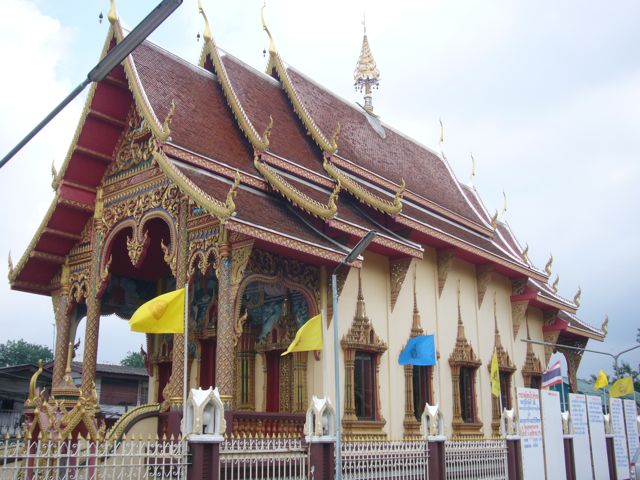
Kelvin Ong
Written in Thailand 2011, adapted from devac.org
Thailand has a rich history spanning nearly 800 years now, and throughout this time, it has never been colonised by a Western nation, which is unique among Southeast Asian countries. Thailand has the second largest economy of Southeast Asia, after Indonesia, and it has historically enjoyedhigh rates of growth, at least before and after the currency crisis of 1997. Its industrial sectors contributes 43.9% of GDP, coming in second-most important after its services sector, which accounts for 44.7% of GDP.
The past decade has been full of challenges for Thailand. The tsunami of 2004 has destroyed parts of it, taking many lives and property, and throughout 2008-09, the political unrest due to bickering political factions in its capital Bangkok has adversely affected the tourism industry (which makes up 6% of its GDP). Later in the decade, the avian flu crisis that affected Southeast Asia did not spare Thailand. However, it’s economy is still sustaining its growth at a good rate.
However, one major criticism is that all the prosperity that came with economic growth hardly trickled down to rural areas. Bangkok’s affluence was hardly matched by most other provinces that specialized in agriculture. One reason why Thaksin Shinawatra, the PM who was ousted by a military coup in 2006, was extremely popular among the rural regions was because he was perceived to be actively trying to reduce the income inequality.
Many people from rural provinces are also unable to partake in the fast economic growth of Thailand because they have only had access to the compulsory six years of education and no more. The quality of education differs from that of the better off city dwellers when it comes to teachers and teaching materials and environments. Literacy is not a problem here, but enough education and perhaps English skills, especially for an economy so reliant on tourism and foreign investment, seem almost necessary to secure a well paying job.
As a result, it is common to meet well educated, better off Thais who speak English, and less educated, less well off Thais who speak bad or no English at all. I’m not an expert, but it could be a cycle of being unable to access a good education that leads to an inability to get a well paying job and the accompanying wealth.
A walk around the notorious nightlife streets of Bangkok, Pattaya and Phuket gives insight into one instance where some have not benefited as much from the economic growth of the industrial sector of Thailand. Hundreds, maybe thousands of girls work in the sex trade, trying to lure tourist money with their bodies and promises of “love you long time”. Unfortunately, in many situations these girls are trafficked in from poorer provinces and forced into the trade. The lack of sufficient oversight in the sex industry has led to many girls being exploited and, when they finally return home, they return as HIV positive carriers. Strolling down one of these streets looking into the faces of these girls brings to mind many dashed hopes and dreams.
The Gini coefficient tells a different story, as Thailand has one of 40.5 and 40 in 2008 and 2009 respectively, which would suggest that it is not as unequal as some have made it out to be, or as my observations would tell me. To put it into perspective, Singapore has a Gini coefficient of 42, the United States of 40, while Norway has one of 26 and Germany 28.3. As a student of International Trade, Finance and Development, I am very interested in understanding why there is this difference between what the Gini coefficient shows and what I have experienced during my numerous trips to Thailand.
Thailand is on track to meet the Millenium Development Goal 2:
“The greatest challenge lies in improving quality. The prevailing situation indicates weakness in both skills (e.g. mathematics, science and English) and creative and critical thinking, which are the basis for meaningful “learning” for people of all ages. It is important to focus education reform on the curriculum, learning process and teacher development to achieve interactive and student-centred education. Information and communication technology (ICT) is expected to bridge the urban-rural gap and help prepare Thai students and the community to participate in a knowledge-based society.”
-United Nations Development Program.
